Introduction
How Much Space Do Rabbits Need: In the captivating realm of rabbit care, the concept of space extends far beyond mere dimensions. It encompasses a critical element that influences the physical health, mental well-being, and overall happiness of these gentle creatures. The question of how much space rabbits need is not just about measurements; it’s a multifaceted inquiry into their natural behaviors, social dynamics, and the harmony between their living environment and emotional needs. In this exploration, we delve deeper into the complexities of space requirements for rabbits hold, unveiling the factors that shape their thriving existence.
Rabbits are more than adorable companions; they’re living beings with instinctual behaviors deeply rooted in their biology. Their need for space is intertwined with their natural tendencies to hop, run, jump, and explore. Providing ample room allows them to engage in these behaviors, ensuring physical exercise and preventing the boredom that can arise from confinement.Rabbits are social animals that often form close bonds with both their human caregivers and fellow rabbit companions. Sufficient space enables them to establish territories, interact, groom, and play with their companions. Meeting their social needs not only fosters companionship but also contributes to their emotional well-being.
A cramped living environment can lead to stress and even aggression among rabbits. Providing adequate space reduces the likelihood of territorial disputes, allows them to maintain their personal space, and promotes harmonious coexistence.Physical activity is essential for a rabbit’s health. Insufficient space can lead to a sedentary lifestyle, weight gain, and related health issues. A spacious environment encourages movement, supports healthy muscle development, and aids in preventing obesity.
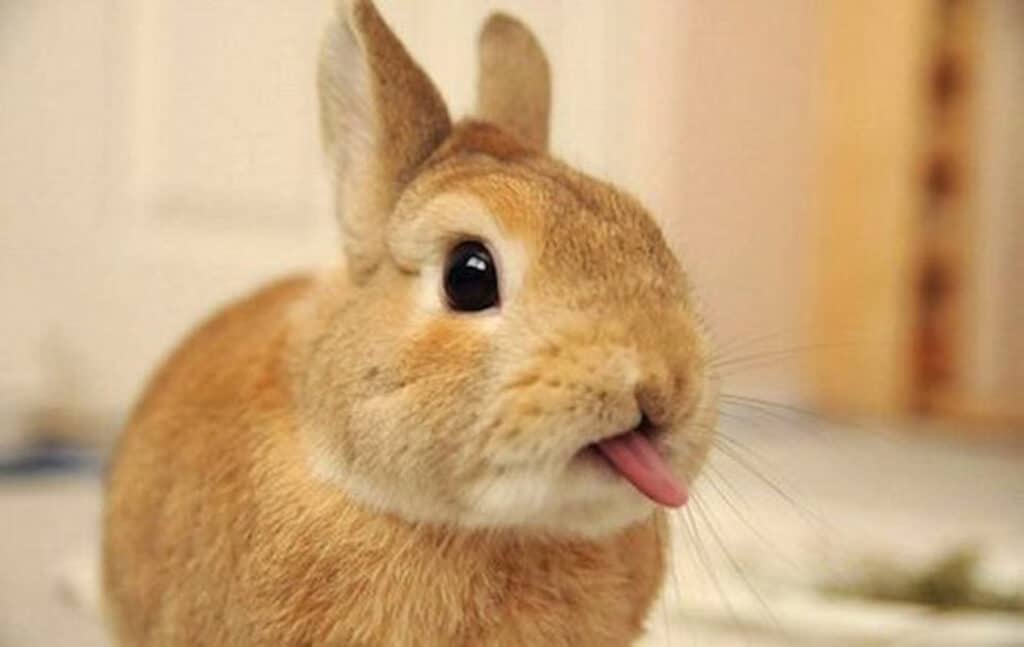
How much space do I need for 2 rabbits?
10ft x 6ft x 3ft/3m x 2m x 1m is the absolute minimum recommended space for a pair of rabbits, but we recommend providing much more than this. As a bare minimum it’s really important that your rabbits living space is large and tall enough for them to: Run around. Jump as high as they want.
Welcoming two rabbits into your life adds an extra layer of joy and companionship. However, ensuring that they have the appropriate space to thrive requires careful consideration. The question of how much space you need for two rabbits delves into their natural behaviors, social dynamics, and the importance of creating a harmonious living environment that promotes their well-being.
Understanding Their Needs
Rabbits are social animals that enjoy the company of their own kind. When caring for two rabbits, it’s essential to consider their individual needs and the dynamics of their relationship. A harmonious pair benefits from shared space, but they also require enough room for personal territories and moments of solitude.
Minimum Dimensions
For a pair of rabbits, a living space with dimensions of at least 12 square feet is recommended. This area allows them to move, hop, and stretch comfortably. However, this is a baseline recommendation; providing more space whenever possible is always beneficial.
Regular Exercise
While a spacious living environment is crucial, rabbits also benefit from regular supervised exercise outside of their enclosure. Creating a rabbit-proofed area where they can explore safely is an excellent way to promote physical and mental well-being.
Consult a Veterinarian
Consult a veterinarian who specializes in rabbit care for guidance on housing, space requirements, and creating an environment that meets the specific needs of your rabbit duo.
How big of a space does a bunny need?
The Rabbit Welfare Association and Fund recommends that your rabbit’s hutch be large enough for “three hops” from end to end. That means a minimum of six feet long by two feet high by two feet deep. A 6ft x 2ft x 2ft hutch will allow your rabbit to hop, stand up, stretch, and move around comfortably.
The Importance of Space
Bunnies are far more than just adorable companions; they are active creatures with an instinctual need for movement, exploration, and social interaction. Providing an adequate living space for your bunny isn’t just about accommodating their size; it’s about embracing their innate behaviors and ensuring their overall quality of life.
Minimum Space Requirements
When considering the space requirements for a bunny, a general guideline is to provide an enclosure with at least 12 square feet of space. This allows them to hop, run, and stretch their legs comfortably. Keep in mind that larger breeds might need even more space to move around comfortably.
Social and Mental Needs
Bunnies are social animals that thrive on companionship and mental stimulation. Consider the potential for adopting a second bunny to provide company and prevent loneliness. Additionally, spend quality time with your bunny through gentle interaction, petting, and supervised play outside of their enclosure.
Customizing the Environment
Remember that every bunny is unique. Tailor their environment to their personality, preferences, and individual needs. Some bunnies may be more active, while others may enjoy quieter spaces.
Veterinary Consultation
Consult a veterinarian who specializes in rabbit care to determine the best housing setup and space requirements for your specific bunny. They can offer personalized advice based on factors such as breed, age, and health.
Do rabbits need 2?
In general, rabbits will be happier in pairs than when they are single. A second rabbit can prevent depression, and even help to minimize boredom and troublemaking behaviors. However, enough social interaction from humans or other pets is also okay if getting a second rabbit is not possible.
Social Animals
Rabbits are inherently social creatures. In the wild, they form intricate social hierarchies, groom each other, and seek comfort in the company of their kind. In a domestic setting, this social inclination remains intact. Having a companion rabbit provides an opportunity for them to engage in natural behaviors and build meaningful relationships.
Companionship and Bonding
Introducing a second rabbit into your home can lead to a heartwarming companionship that benefits both rabbits. They’ll have a constant playmate, groomer, and cuddle buddy. Sharing living space with a fellow rabbit allows them to express their natural behaviors, such as grooming each other and engaging in friendly chases.
Mental Stimulation
A companion rabbit offers mental stimulation that can help prevent boredom and related behavioral issues. Interactive play, communication, and problem-solving with another rabbit keep their minds active and engaged.
Emotional Support
Rabbits, like humans, can experience stress, loneliness, and even depression when left alone for extended periods. A companion rabbit provides emotional support and comfort, reducing feelings of isolation and anxiety.
Do rabbits need their own space?
A secure living space with enough room – rabbits are active and need to be able to hop, run, jump, dig and stretch out fully when lying down. They’ll need enough room to exercise and stand up fully on their back legs without their ears touching the roof.
Understanding Territorial Behavior
Rabbits, both in the wild and domesticated settings, exhibit territorial behaviors. They establish areas they consider their own, which provide them with a sense of security and ownership. This territoriality is rooted in their instinct to protect themselves from potential threats.
The Importance of Personal Space
Personal space isn’t just about physical distance; it’s also about creating an environment where rabbits feel safe, comfortable, and in control. By respecting their need for personal territory, you’re fostering a sense of security that positively impacts their overall mental and emotional well-being.
Enclosures and Housing
In a multi-rabbit household, providing separate enclosures or designated areas for each rabbit to retreat to is crucial. This allows them to establish their own space and reduces the potential for territorial disputes.
Hideaways and Hiding Spots
In addition to enclosures, providing hiding spots, tunnels, and cozy corners within their living environment offers rabbits opportunities to retreat when they desire privacy. These hiding spots serve as safe havens where rabbits can feel secure and relaxed.
Observing Behavior
Understanding your rabbit’s behavior is key to determining when they need personal space. Signs of stress, anxiety, or aggression may indicate that they’re seeking time alone. Additionally, observing their interactions with other rabbits or even with humans can help you gauge when they’re comfortable with socializing and when they’d prefer solitude.
Introducing New Rabbits
When introducing a new rabbit into the household, respecting each rabbit’s personal space is crucial. Gradual introductions, neutral territory, and allowing them to explore each other’s scents before direct interaction can help establish a positive relationship.
Enrichment and Interaction
While personal space is important, it’s equally crucial to balance it with social interaction, mental stimulation, and playtime. Finding the right balance between alone time and engaging activities ensures your rabbit’s overall well-being.
Is it better to have 2 rabbits than 1?
As sociable animals, rabbits appreciate constant companionship and in the wild you would rarely find a rabbit alone. To mimic their natural behaviour, it is always a good idea to keep your pet rabbit with a friend to avoid them feeling lonely and unhappy.
Social Creatures
Rabbits are inherently social animals. In the wild, they live in groups and form strong bonds with their companions. This social nature remains intact even in domestic settings. Having a companion rabbit allows them to engage in natural behaviors like grooming, playing, and communicating with each other.
Emotional Support
Just as humans benefit from companionship, rabbits thrive emotionally when they have a friend to share their days with. A second rabbit provides emotional support, reducing feelings of loneliness and boredom. They can comfort each other during times of stress or anxiety, creating a sense of security.
Play and Interaction
Two rabbits create a dynamic play environment. They engage in friendly chases, play-fighting, and exploring together. Having a companion encourages physical activity, which is essential for their overall health and well-being.
Grooming and Bonding
Rabbits groom each other as a sign of affection and bonding. Having a companion allows them to engage in this behavior, strengthening their relationship and deepening their bond.
Preventing Loneliness
Loneliness can have negative effects on rabbits, leading to behavioral issues and even health problems. A second rabbit provides constant company and companionship, reducing the risk of loneliness-related issues.
Vacation and Time Away
Having two rabbits makes it easier to leave them alone for short periods. They can keep each other company and provide emotional support in your absence.
Can 2 rabbits be left alone?
Even if you have a pair of rabbits, 24 hours is the maximum time they should be alone. Like all pets, rabbits rely heavily on their owners. Domesticated rabbits lack the survival skills of wild rabbits. Your rabbit has basic needs surrounding food, exercise, and stimulation.
Social Nature
Rabbits are social animals that thrive on companionship. Having a rabbit companion provides emotional support, reduces boredom, and prevents feelings of loneliness. When left alone for extended periods, rabbits can become stressed or anxious, which may lead to behavioral issues or health problems.
Providing Stimulation
To prevent boredom and stress, leave them with items that offer mental and physical stimulation, such as puzzle toys, chewables, and tunnels. These items keep them engaged and help alleviate the absence of direct human interaction.
Veterinary Considerations
Before leaving your rabbits alone for an extended period, consult your veterinarian. They can offer advice tailored to your rabbits’ health, temperament, and any specific needs they may have.
Is 2 rabbits enough?
In general, rabbits will be happier in pairs than when they are single. A second rabbit can prevent depression, and even help to minimize boredom and troublemaking behaviors. However, enough social interaction from humans or other pets is also okay if getting a second rabbit is not possible.
Individual Rabbit Considerations
While having two rabbits is often beneficial, it’s important to consider the unique personalities of each rabbit. Some rabbits are more independent and may prefer to be the sole rabbit in the household. Observing their interactions and consulting a veterinarian or animal behaviorist can help determine if having two rabbits is the right choice for your specific situation.
Space and Resources
Having two rabbits requires a larger living space and increased resources, including food, bedding, and healthcare. It’s essential to ensure you have the means to accommodate the needs of both rabbits comfortably.
Veterinary Guidance
Consulting a veterinarian who specializes in rabbit care can offer valuable insights into whether two rabbits are suitable for your circumstances. They can provide guidance based on the rabbits’ ages, personalities, and any existing health conditions.
Can I put 2 rabbits together?
Rabbits can live happily together as: a neutered male and a neutered female – often the most successful combination. two litter brothers or two litter sisters – although there is no risk of pregnancy, it’s important to still neuter as hormones will cause them to fight as they get older.
Addressing Challenges
If aggression or stress arises during introductions, it’s crucial to take a step back and proceed slowly. Some rabbits may require more time to become comfortable with each other’s presence.
The Bonding Process
Bonding two rabbits involves gradually increasing the duration and frequency of their interactions. Over time, they can be placed in the same enclosure under supervision until you’re confident in their ability to coexist peacefully.
Professional Guidance
If you’re uncertain about the introductions, seeking advice from a veterinarian or animal behaviorist experienced in rabbit care can be invaluable. They can provide personalized guidance based on your rabbits’ individual personalities and behaviors.
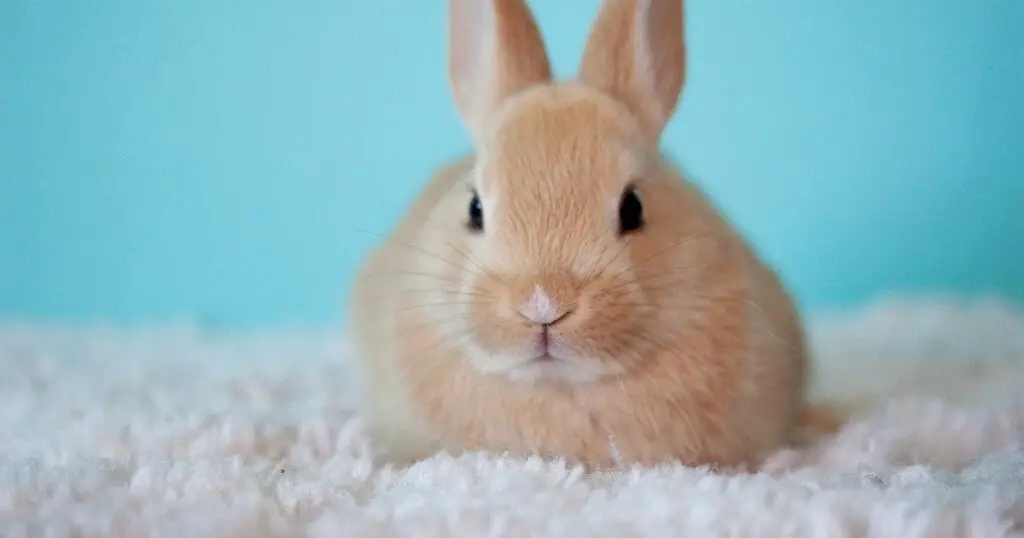
Conclusion
In the intricate tapestry of rabbit care, the question of how much space rabbits need weaves together their biological needs, natural behaviors, and emotional well-being. As we conclude this exploration, it becomes clear that providing rabbits with sufficient space isn’t just a matter of physical dimensions—it’s a testament to our commitment as caregivers to their holistic health and happiness.
Rabbits, those charming and lively companions, thrive when they have room to hop, run, explore, and engage in social interactions. From preventing stress and aggression to promoting physical exercise, mental stimulation, and companionship, space plays a pivotal role in shaping their daily experiences.
Responsible rabbit care involves creating an environment that mirrors their natural habitats, supports their social inclinations, and ensures their mental and physical well-being. Whether it’s a spacious enclosure, a rabbit-proofed room, or supervised playtime outside, the choices we make in providing space directly impact their overall quality of life.As we part ways with this exploration, let us carry forward an understanding of the interconnectedness between space and rabbit happiness. By embracing the importance of space in their lives, we contribute to a harmonious and enriching existence for these delightful beings that share our world.

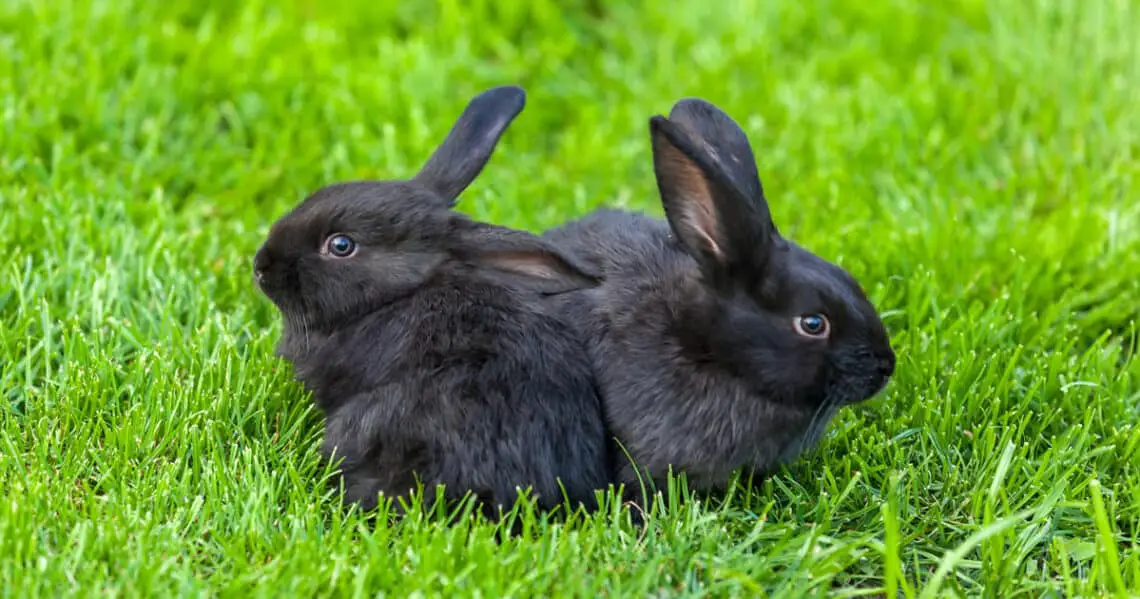
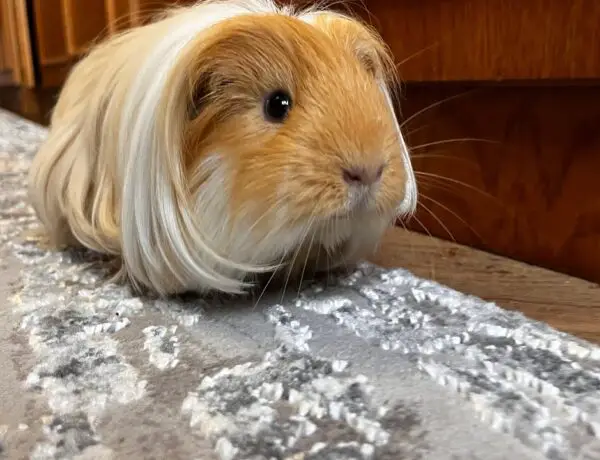
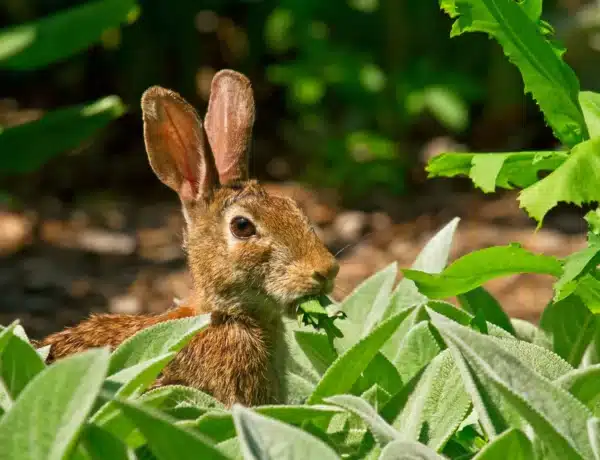
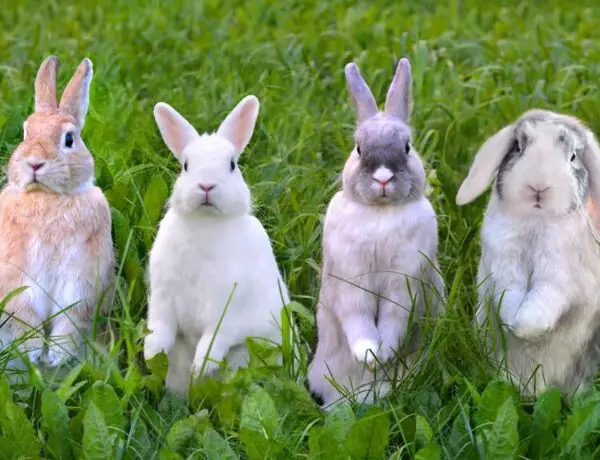
No Comments